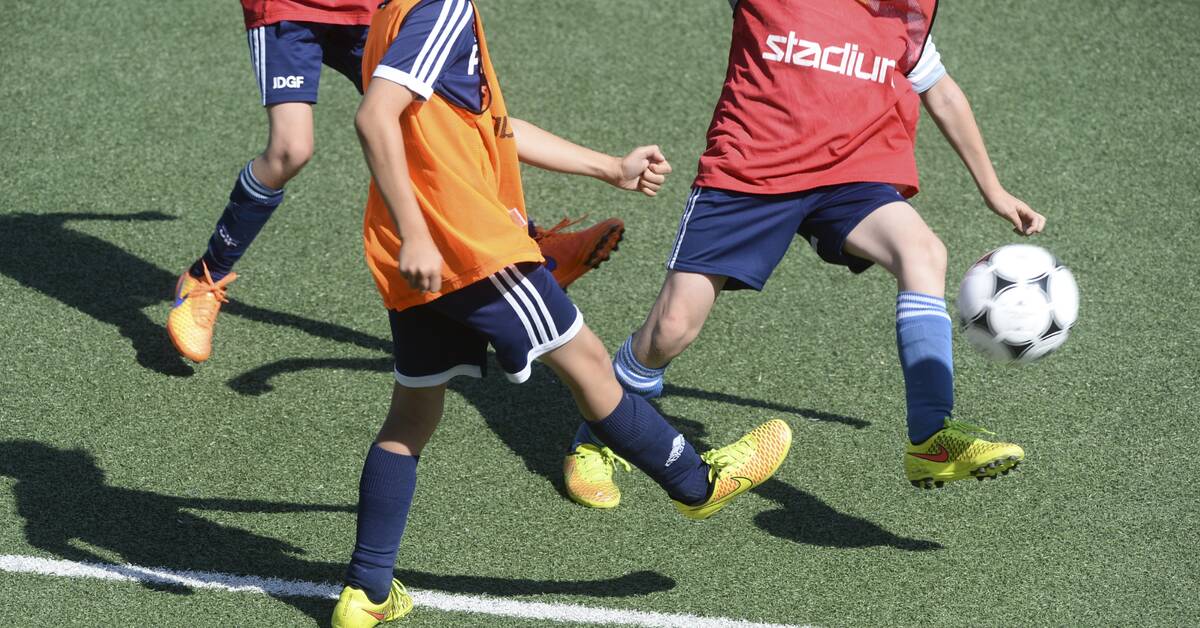The outbreak of the pandemic in the spring of 2020 had an impact on the entire society – the country's sports clubs and associations included.
But while the restrictions have long since been removed, the negative consequences for Sports Sweden are still felt.
The Norwegian Sports Confederation's preliminary figures for the spring semester 2023 regarding the so-called Lok support (local activity support) that can be applied for by associations for compensation regarding children's and youth sports speak a clear language:
A certain recovery has taken place compared to last year's figures, but still 53 out of 71 sports associations can report a decline compared to before the pandemic broke out in 2019.
Change in percentage of the number of participation opportunities for the biggest sports in Sweden in 2021 and 2022 compared to 2019. Photo: Anders Humlebo/TT
Heavy fall of over 30 percent
For some sports such as bowling, para sports and curling, there are sharp drops of over 30 percent in terms of the number of registered participation opportunities.
- You can summarize it as that much remains to be done.
I can be happy about a certain improvement, but the tears are still there, says Björn Eriksson, chairman of the Swedish Sports Confederation (RF) about the reduced sports practice.
The figures show that small sports have had much more difficulty recovering after the pandemic than, for example, football and hockey.
Indoor and contact sports such as wrestling, boxing and budo and martial arts have also been affected to a large extent.
Girls quit to a greater extent
From an equality perspective, there is also a challenge as there are significantly more girls than boys aged 13–16 who have now cut back on sports.
- Girls already move significantly less and it is therefore serious if, on top of that, it is girls who have stopped to an increasing extent.
Many of these small sports are also represented in vulnerable areas and there are already little conditions for movement, says Gisela Nyberg, docent in public health sciences at the University of Gymnastics and Sports (GIH).
From the RF's side, more financial resources are now being requested for sports.
The budget allocations of 125 million kroner for 2023 and 150 million kroner for 2024 and 2025 are not considered sufficient and, moreover, long-term conditions for recovery after the pandemic are lacking.

